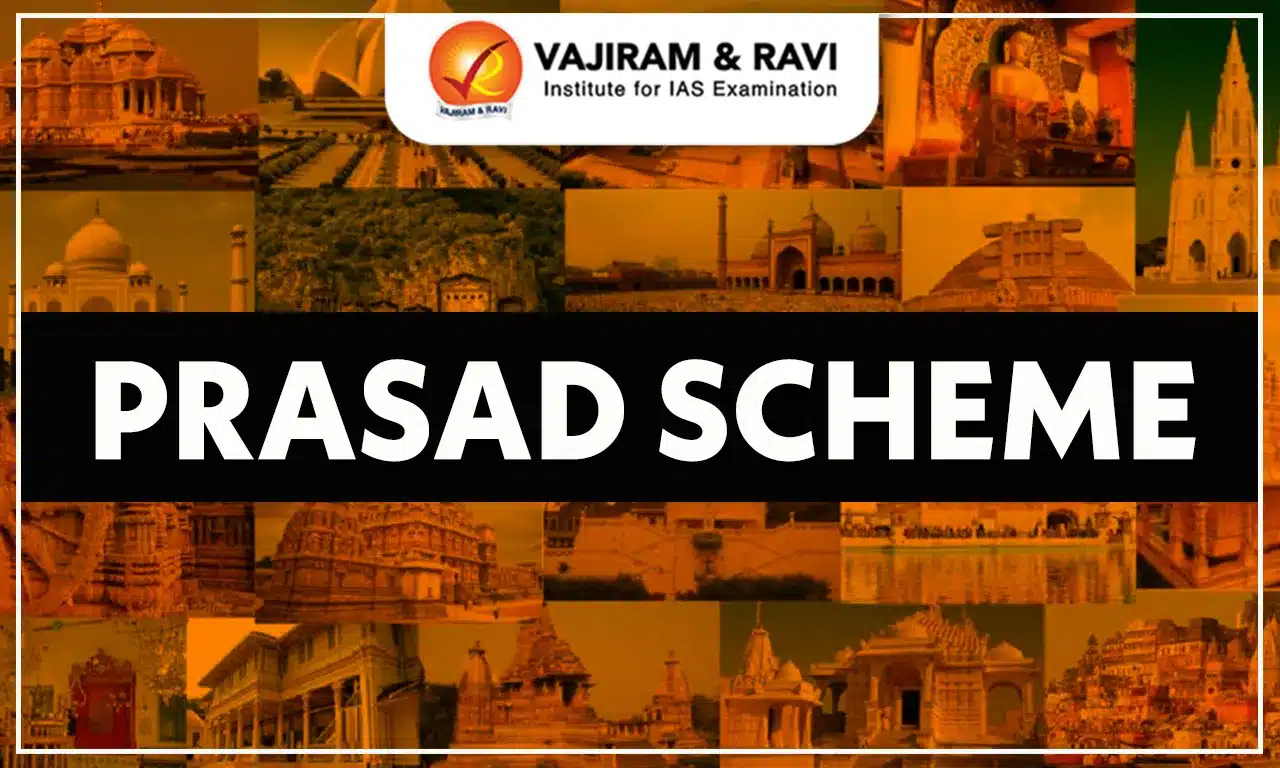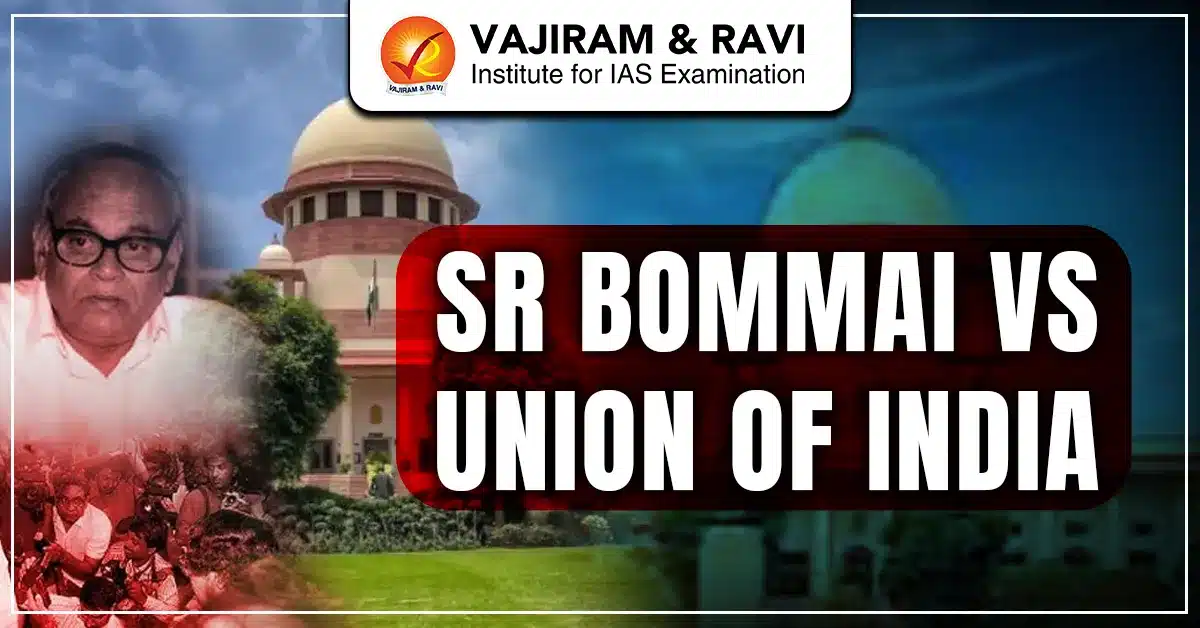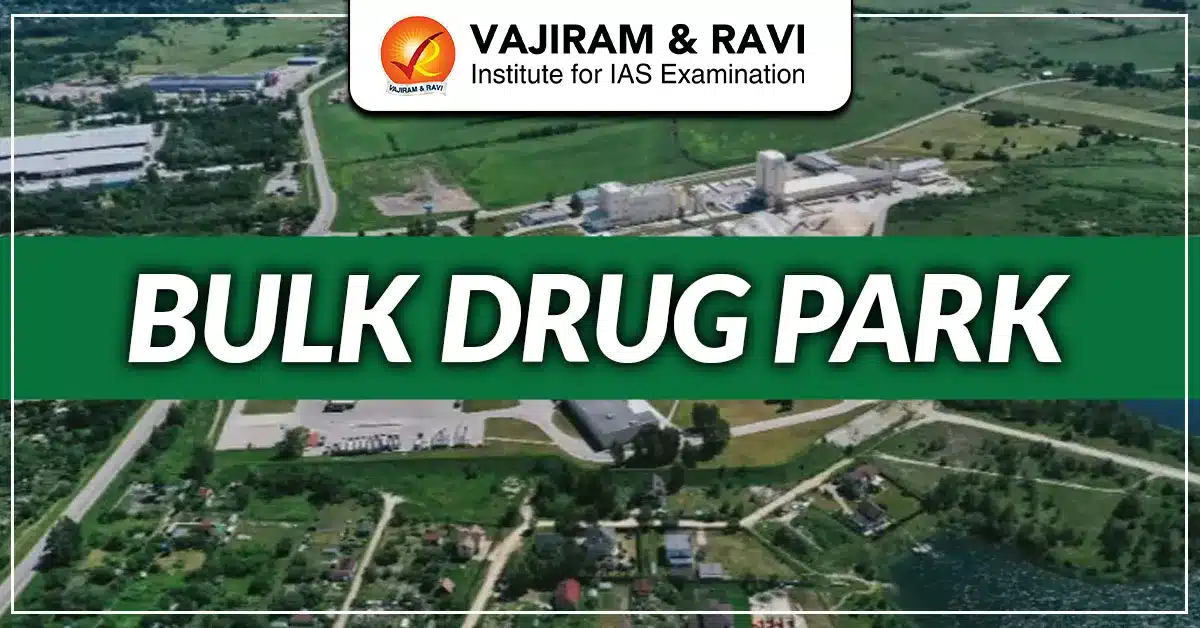The PRASAD Scheme that is Pilgrimage Rejuvenation and Spirituality Augmentation Drive was launched by the Ministry of Tourism in 2014 as an initiative that aimed at transforming the cultural preservation and spiritual travelling across identified pilgrimage destinations. With the foundation stone being laid for the Bhadrachalam Group of Temples and Ramappa Temple in Telengana under the PRASAD scheme, this article will look into the features, objectives and importance of this scheme that adopts an holistic approach to implement this scheme.
PRASAD Scheme Overview
The PRASAD Scheme launched by the Ministry of Tourism stands for Pilgrimage Rejuvenation and Spiritual Augmentation Drive. The scheme shares the goal of developing and revitalising the key pilgrimage destinations all over the country and improving the infrastructure and connectivity at these sites. This initiative will help in preserving the cultural heritage and promote spiritual tourism in India.
PRASAD Scheme History
Launched by the Ministry of Tourism in 2014-15, the PRASAD Scheme was envisioned to promote the holistic development of pilgrimage destinations across India. In October 2017, the scheme evolved into the National Mission on Pilgrimage Rejuvenation and Spiritual Heritage Augmentation Drive (PRASHAD). This transformation integrated heritage development, previously managed under the HRIDAY scheme by the Ministry of Housing and Urban Development, into PRASAD, creating a unified approach to pilgrimage and heritage rejuvenation.
Implementation
The implementation of PRASHAD projects is managed by designated agencies operating under the respective State and Union Territory Governments. This collaborative framework ensures efficient execution and sustainable development of pilgrimage destinations.
Funding Mechanism
PRASHAD operates on a 100% public funding model for eligible project components. Additionally, the scheme incorporates voluntary contributions through Corporate Social Responsibility (CSR) initiatives and Public-Private Partnerships (PPP). This innovative funding strategy not only enhances project sustainability but also encourages collective participation and responsibility.
PRASAD Scheme Objectives
The PRASAD Scheme has the following Objectives:
- Upgrading and maintaining the strength of the infrastructure of pilgrimage destinations that includes the roads, water supply, sanitation and waste management system.
- Improving the travel conditions for the travellers by improving the connectivity through road, rail and airways.
- Starting conservation projects that help in preserving and conserving the pilgrimage sites of cultural and spiritual significance.
- The scheme advocates the cultural, religious and spiritual significance of pilgrimage sites attracting domestic and international tourists.
- Creating opportunities for the local communities through skill development and livelihood generation programmes that relate with pilgrimage tourism.
- Adopting sustainable development practices that promote eco-friendly tourism.
PRASAD Scheme Components
Key Components of the PRASAD Scheme
The PRASAD Scheme incorporates a holistic approach, addressing multiple aspects to enhance pilgrimage tourism and its sustainable development:
- Infrastructure Development
A primary focus is on improving essential infrastructure at pilgrimage sites, including:- Upgrading roads
- Ensuring reliable water supply and sanitation facilities
- Implementing effective solid waste management systems
- Connectivity Enhancement
Recognizing the critical role of connectivity in facilitating pilgrim travel, the scheme aims to:- Improve rail and air connectivity
- Strengthen public transportation networks
- Pilgrim Experience Augmentation
At its core, the PRASAD Scheme strives to elevate the pilgrim experience through:- Tourist-friendly accommodations
- Clean and hygienic dining options
- Enhanced signage and wayfinding systems
- Cultural Heritage Preservation
Preserving the rich cultural heritage of pilgrimage sites is a key objective, achieved by:- Undertaking restoration and conservation initiatives
- Promoting responsible tourism practices to safeguard heritage
- Spiritual Tourism Promotion
The scheme seeks to position pilgrimage sites as attractive destinations for spiritual tourism by:- Educating visitors on the cultural and religious significance of sites
- Launching promotional campaigns to highlight unique spiritual experiences
- Collaborating with the travel industry to develop tailored pilgrimage tourism packages
- Local Community Empowerment
Empowering local communities is integral to the scheme, with initiatives to:- Create livelihood opportunities through tourism-related activities
- Provide skill development training for local residents
- Engage communities in decision-making and promote sustainable tourism practices
- Sustainable Development
Sustainability is a cornerstone of the scheme, with efforts to:- Minimize the environmental impact of tourism projects
- Promote eco-friendly practices and adopt sustainable technologies
- Encourage community-based tourism models to ensure equitable benefits for local populations
Through this multi-faceted approach, the PRASAD Scheme aims to foster the development of pilgrimage destinations as centers of cultural, spiritual, and sustainable tourism.
PRASAD Scheme Importance
The PRASAD Scheme is important for the following reasons-
- This scheme has the vision to transform the pilgrimage sites into cultural hubs that offers the travellers an immersive experience in the historical and traditional significance of the place.
- PRASAD Scheme has the power to economically empower the places of pilgrimage sites. The increase in the number of travellers could increase the employment opportunities for localities and foster a synergy between heritage preservation and community livelihoods.
Last updated on December, 2025
→ Check out the latest UPSC Syllabus 2026 here.
→ Join Vajiram & Ravi’s Interview Guidance Programme for expert help to crack your final UPSC stage.
→ UPSC Mains Result 2025 is now out.
→ UPSC Notification 2026 is scheduled to be released on January 14, 2026.
→ UPSC Calendar 2026 is released on 15th May, 2025.
→ UPSC Prelims 2026 will be conducted on 24th May, 2026 & UPSC Mains 2026 will be conducted on 21st August 2026.
→ The UPSC Selection Process is of 3 stages-Prelims, Mains and Interview.
→ UPSC Result 2024 is released with latest UPSC Marksheet 2024. Check Now!
→ UPSC Toppers List 2024 is released now. Shakti Dubey is UPSC AIR 1 2024 Topper.
→ Also check Best IAS Coaching in Delhi
PRASAD Scheme FAQs
Q1. What is the PRASAD Scheme in UPSC?+
Q2. What is the PRASAD Scheme?+
Q3. How many cities are under the PRASAD Scheme?+
Q4. What is the PRASAD Scheme Temple?+
Q5. What is the purpose of PRASAD?+
Tags: PRASAD Scheme

















